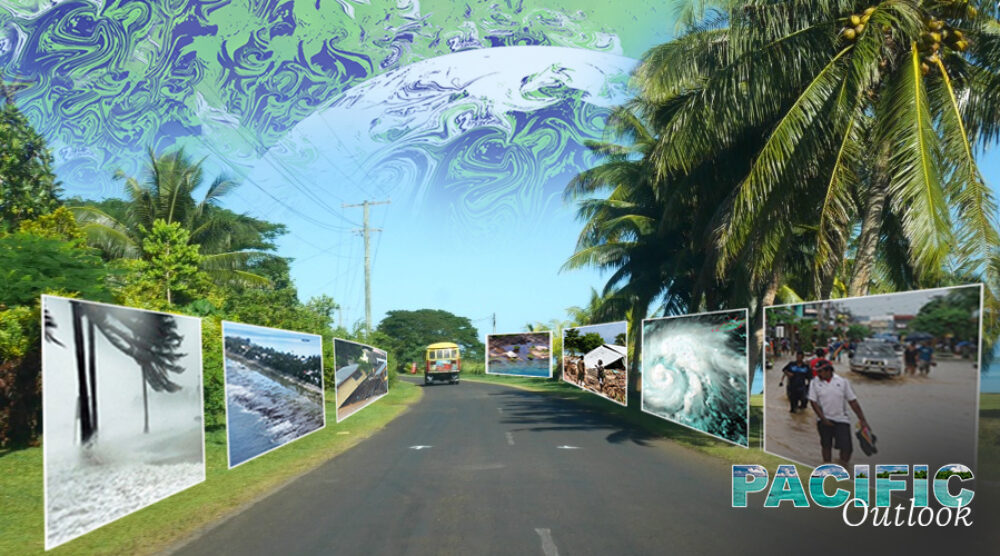‘Climate diplomacy’ encompasses the interactions, practices and protocols through which state and non-state actors advance and negotiate their interests relating to a changing climate. Pacific island nations—seized by the impacts of a changing climate—have a direct and abiding stake in global efforts to mitigate climate change and ensure communities adapt to its impacts. Over recent decades they have engaged collectively through diverse strategies to exert considerable influence within the global climate regime.
When a scientific consensus on the matter emerged in the late 1980s, Pacific island countries came to understand climate change as a key threat to their survival. Since then, island governments have pursued collective diplomacy to try to shape global cooperation to tackle the issue.
The ‘Road to COP26 timeline’ is a new initiative of the Griffith Asia Institute’s climate diplomacy program that highlights this effort. Developed within Griffith University’s Climate Action Beacon the timeline shines a light on the key contributions of Pacific climate diplomacy from 2015 to today. As global actors gear up for COP26, to be held in Glasgow this November, we hope this timeline will provide a useful resource and an important reminder of the contributions made—over time—by a collective Pacific island approach to climate diplomacy.
Island states have aggregated their positions and issued political statements on what they want from the international community. These statements have also guided Pacific participation in international climate negotiations. Regional positions have often been articulated in Communiques issued from the annual Pacific leaders’ meetings.
This timeline charts the trajectory from 2015, with reference to how Pacific island countries have engaged with global climate diplomacy and politics. It also documents the significant announcements, declarations and statements that have articulated Pacific positions.
The timeline focuses on how Pacific countries have exercised collective diplomacy and action, including at the sub-regional level.
This adds to the work we are already doing to highlight the impacts of Pacific climate diplomacy at the global level and identify what challenges and opportunities are ahead for Pacific actors. Within this wider discussion, we are exploring what this means for Australia as a member of the Pacific Islands Forum.
To learn more about Pacific perspectives on key issues affecting climate diplomacy, check out our “Road to COP 26 Regional Commentary” series.
For an in-depth look at some key issues such as reconciling security narratives and securing maritime borders, visit our ‘Regional Outlook—Climate Action’ series.
Tess Newton Cain is an Adjunct Associate Professor at the Griffith Asia Institute and project lead of the Pacific Hub.








